(RF) Print Concepts
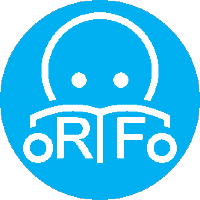 Strand Cluster Anchor Statement Strand Cluster Anchor Statement
Reading Foundations 
Print Concepts
When teachers introduce students to written language, students must understand the basic organization and concepts of print: Words have meaning, left-to-right and top-to-bottom hierarchy; letters create words and words create sentences; words are separated
by spaces, and punctuation controls the pace and expression of print. Children frequently come to understand these concepts through owning their first books.
The anchor statements define what students should understand and be able to do by the end of each grade. They correspond to the College and Career Readiness (CCR) anchor statements. The CCR and grade-specific standards are necessary complements—the former
providing broad standards, the latter providing additional specificity—that together define the skills and understandings that all students must demonstrate. |
|
(RI) Craft and Structure
 Strand Cluster Anchor Statement Strand Cluster Anchor Statement
Reading Information 
Craft and Structure
Interpret words and phrases as they are used in a text, including determining technical, connotative, and figurative meanings, and analyze how specific word choices shape meaning or tone.
Analyze the structure of texts, including how specific sentences, paragraphs, and larger portions of the text (e.g., a section, chapter, scene, or stanza) relate to each other and the whole.
Assess how point of view or purpose shapes the content and style of a text.
The anchor statements define what students should understand and be able to do by the end of each grade. They correspond to the College and Career Readiness (CCR) anchor statements. The CCR and grade-specific standards are necessary complements—the former
providing broad standards, the latter providing additional specificity—that together define the skills and understandings that all students must demonstrate. |
|
(RI) Integration of Knowledge and Ideas
 Strand Cluster Anchor Statement Strand Cluster Anchor Statement
Reading Information 
Integration of Knowledge and Ideas
Integrate and evaluate content presented in diverse media and formats, including visually and quantitatively, as well as in words.
Delineate and evaluate the argument and specific claims in a text, including the validity of the reasoning as well as the relevance and sufficiency of the evidence.
Analyze how two or more texts address similar themes or topics in order to build knowledge or to compare the approaches the authors take.
The anchor statements define what students should understand and be able to do by the end of each grade. They correspond to the College and Career Readiness (CCR) anchor statements. The CCR and grade-specific standards are necessary complements—the former
providing broad standards, the latter providing additional specificity—that together define the skills and understandings that all students must demonstrate. |
|
(RI) Key Ideas and Details
 Strand Cluster Anchor Statement Strand Cluster Anchor Statement
Reading Information 
Key Ideas and Details
Read closely to determine what the text says explicitly and to make logical inferences from it.
Summarize the key supporting details and ideas.
Determine central ideas or themes of a text and analyze their development.
Analyze how and why individuals, events, and ideas develop and interact over the course of a text.
Cite specific textual evidence when writing or speaking to support conclusions drawn from the text.
The anchor statements define what students should understand and be able to do by the end of each grade. They correspond to the College and Career Readiness (CCR) anchor statements. The CCR and grade-specific standards are necessary complements—the former
providing broad standards, the latter providing additional specificity—that together define the skills and understandings that all students must demonstrate. |
|
(RI) Range of Reading and Level of Text Complexity
 Strand Cluster Anchor Statement Strand Cluster Anchor Statement
Reading Information 
Range of Reading and Level of Text Complexity
Read and comprehend complex literary and informational texts independently and proficiently.
The anchor statements define what students should understand and be able to do by the end of each grade. They correspond to the College and Career Readiness (CCR) anchor statements. The CCR and grade-specific standards are necessary complements—the former
providing broad standards, the latter providing additional specificity—that together define the skills and understandings that all students must demonstrate. |
|
(RL) Craft and Structure
 Strand Cluster Anchor Statement Strand Cluster Anchor Statement
Reading Literature 
Craft and Structure
Interpret words and phrases as they are used in a text, including determining technical, connotative, and figurative meanings, and analyze how specific word choices shape meaning or tone.
Analyze the structure of texts, including how specific sentences, paragraphs, and larger portions of the text (e.g., a section, chapter, scene, or stanza) relate to each other and the whole.
Assess how point of view or purpose shapes the content and style of a text.
The anchor statements define what students should understand and be able to do by the end of each grade. They correspond to the College and Career Readiness (CCR) anchor statements. The CCR and grade-specific standards are necessary complements—the former
providing broad standards, the latter providing additional specificity—that together define the skills and understandings that all students must demonstrate. |
|
(RL) Integration of Knowledge and Ideas
 Strand Cluster Anchor Statement Strand Cluster Anchor Statement
Reading Literature 
Integration of Knowledge and Ideas
Integrate and evaluate content presented in diverse media and formats, including visually and quantitatively, as well as in words.
Delineate and evaluate the argument and specific claims in a text, including the validity of the reasoning as well as the relevance and sufficiency of the evidence.
Analyze how two or more texts address similar themes or topics in order to build knowledge or to compare the approaches the authors take.
The anchor statements define what students should understand and be able to do by the end of each grade. They correspond to the College and Career Readiness (CCR) anchor statements. The CCR and grade-specific standards are necessary complements—the former
providing broad standards, the latter providing additional specificity—that together define the skills and understandings that all students must demonstrate. |
|
(RL) Key Ideas and Details
 Strand Cluster Anchor Statement Strand Cluster Anchor Statement
Reading Literature 
Key Ideas and Details
-
Read closely to determine what the text says explicitly and to make logical inferences from it.
-
Summarize the key supporting details and ideas.
-
Determine central ideas or themes of a text and analyze their development.
-
Analyze how and why individuals, events, and ideas develop and interact over the course of a text.
-
Cite specific textual evidence when writing or speaking to support conclusions drawn from the text.
The anchor statements define what students should understand and be able to do by the end of each grade. They correspond to the College and Career Readiness (CCR) anchor statements. The CCR and grade-specific standards are necessary complements—the former
providing broad standards, the latter providing additional specificity—that together define the skills and understandings that all students must demonstrate. |
|
(RL) Range of Reading and Level of Text Complexity
 Strand Cluster Anchor Statement Strand Cluster Anchor Statement
Reading Literature 
Range of Reading and Level of Text Complexity
Read and comprehend complex literary and informational texts independently and proficiently.
The anchor statements define what students should understand and be able to do by the end of each grade. They correspond to the College and Career Readiness (CCR) anchor statements. The CCR and grade-specific standards are necessary complements—the former
providing broad standards, the latter providing additional specificity—that together define the skills and understandings that all students must demonstrate. |
|
(SL) Comprehension and Collaboration
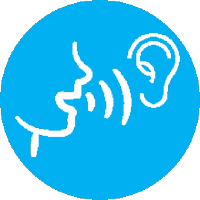 Strand Cluster Anchor Statement Strand Cluster Anchor Statement
Speaking and Listening 
Comprehension and Collaboration
Prepare for and participate effectively in a range of conversations and collaborations with diverse partners, building on others’ ideas and expressing their own clearly and persuasively.
Integrate and evaluate information presented in diverse media and formats, including visually, quantitatively, and orally.
Evaluate a speaker’s point of view, reasoning, and use of evidence and rhetoric.
The anchor statements define what students should understand and be able to do by the end of each grade. They correspond to the College and Career Readiness (CCR) anchor statements. The CCR and grade-specific standards are necessary complements—the former
providing broad standards, the latter providing additional specificity—that together define the skills and understandings that all students must demonstrate. |
|

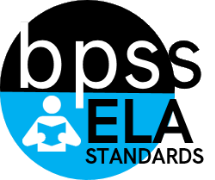
 (F)
(F)
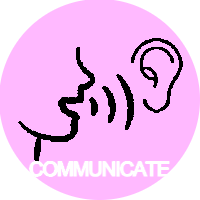 (C)
(C)
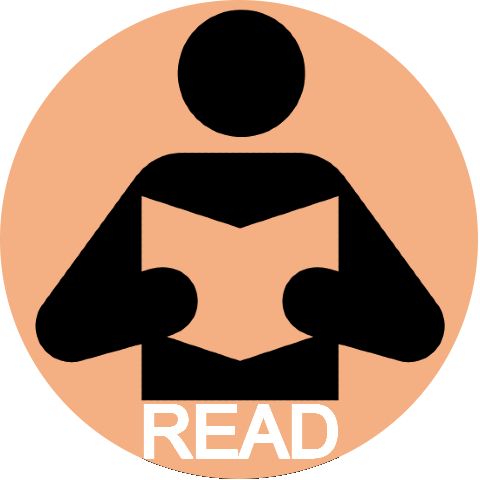 (R)
(R)
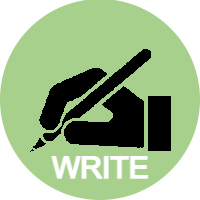 (Wr)
(Wr)
 (IR)
(IR)




